Unlock the full potential of your business and supercharge your sales with the strategic use of branding. In this comprehensive guide, we will explore How to use branding to increase sales and dominate your market.
From creating a compelling brand story to establishing consistency across channels, we will provide you with actionable insights and expert tips that will help you elevate your branding efforts to new heights. Get ready to transform your business into a sales-generating powerhouse.
Understanding the Impact of Branding on Sales
Before diving into the strategies and techniques of using branding to boost sales, it’s crucial to understand the profound impact that branding has on consumer behavior and purchasing decisions. In this section, we will explore the various ways in which branding influences sales and why it should be a core focus for businesses aiming to achieve long-term success.
1. Establishing Brand Trust and Loyalty:

Building trust is essential for any business, and branding plays a vital role in establishing trust with consumers. A strong brand creates a sense of reliability, credibility, and familiarity, making customers more likely to choose your products or services over competitors.
2. Emotional Connection and Brand Perception:

Branding has the power to evoke emotions and shape how consumers perceive a brand. By effectively tapping into the emotions and values of your target audience, you can create a meaningful connection that goes beyond product features or price.
3. Differentiation and Competitive Advantage:

In a crowded marketplace, differentiation is crucial for standing out and capturing consumer attention. Strong branding allows businesses to differentiate themselves from competitors by creating a unique value proposition and positioning.
4. Influence on Purchasing Decisions:

Branding has a significant influence on consumers’ purchasing decisions. From brand recognition to brand associations, the way customers perceive a brand greatly impacts their willingness to buy. We will examine how successful brands have crafted a positive brand image, effectively communicated their brand’s values, and influenced consumer behavior, resulting in increased sales conversion rates.
5. Brand Equity and Premium Pricing:
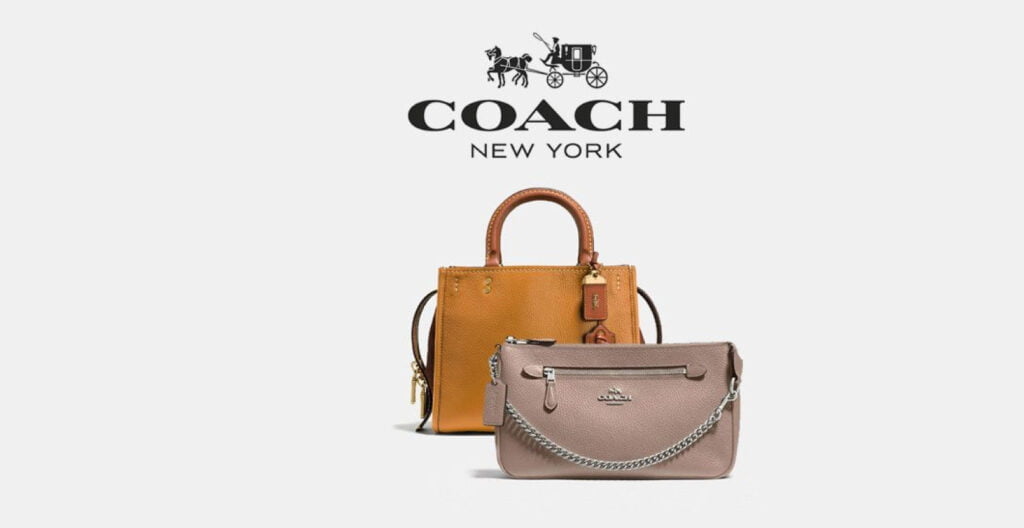
Strong branding allows businesses to command premium pricing by creating a perception of higher value and quality in the minds of consumers. We will explore how brands that have successfully built brand equity, through consistent branding efforts and delivering exceptional customer experiences, have been able to justify higher price points and achieve increased profitability.
Crafting a Powerful Brand Identity
Developing a strong brand identity is essential for establishing a distinct presence in the market and attracting loyal customers. In this section, we will explore the key elements involved in crafting a powerful brand identity, supported by real-life examples that highlight successful brand identity strategies.
1. Defining Your Brand’s Mission and Values

By clearly defining your brand’s mission and values, you provide a guiding framework that shapes your brand identity. Take, for example, Patagonia, an outdoor clothing and gear company. Their mission to “build the best product, cause no unnecessary harm, and use business to inspire and implement solutions to the environmental crisis” has not only shaped their brand identity but also attracted environmentally-conscious consumers who resonate with their values.
2. Creating a Memorable Brand Personality

Infusing your brand with a distinct personality helps to humanize your business and forge stronger connections with your target audience.
For instance, Mailchimp, an email marketing platform, has successfully crafted a playful and approachable brand personality. Their use of a friendly mascot named Freddie, along with engaging and humorous marketing campaigns, has helped them stand out in a crowded market, attracting customers who appreciate their brand’s personality.
3. Establishing a Unique Visual Identity
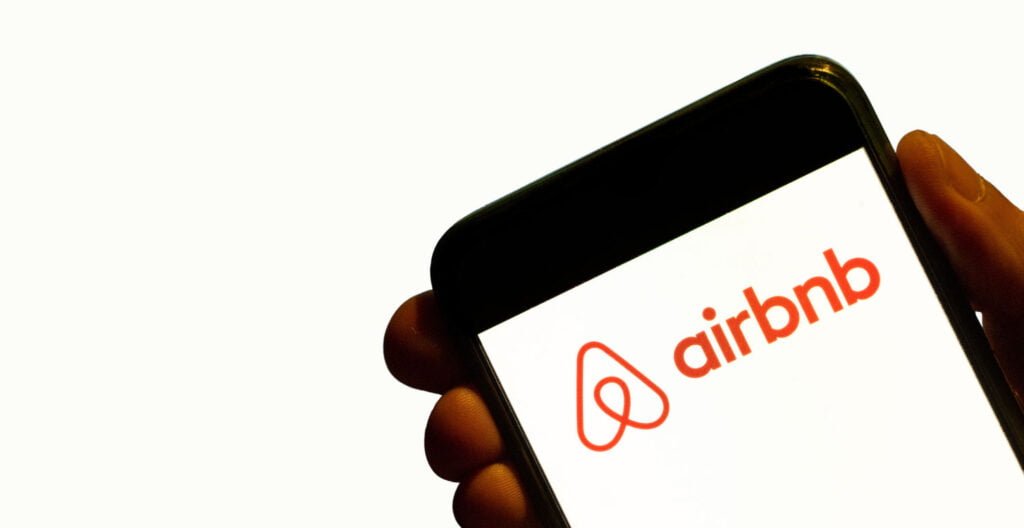
A visually appealing and recognizable brand logo, color scheme, and typography play a crucial role in establishing a unique visual identity. Airbnb, the global online marketplace for accommodations, has a distinctive “Bélo” logo.
The logo’s symbolism of people, places, and love aligns with Airbnb’s brand promise of creating memorable and authentic travel experiences, setting them apart from traditional accommodation providers.
4. Tailoring Brand Messaging and Tone

Consistent brand messaging and tone of voice help to create a cohesive brand identity across various touchpoints. Method, a eco-friendly household and personal care product company, uses a refreshing and lighthearted tone in their communication.
Their witty and pun-filled product descriptions and marketing campaigns not only align with their eco-conscious values but also resonate with consumers who appreciate their brand’s unique voice.
5. Aligning Brand Identity with Target Audience

Understanding your target audience and tailoring your brand identity to their preferences and aspirations is key. Slack, a popular team communication and collaboration platform, has positioned their brand identity to appeal to modern, tech-savvy professionals.
Their sleek and intuitive interface, combined with a focus on productivity and seamless teamwork, resonates with their target audience, resulting in widespread adoption and increased sales.
By studying these real-life examples, you can gain valuable insights into how to craft a powerful brand identity that aligns with your values, engages your target audience, and drives sales growth. Remember, a well-defined brand identity serves as the foundation for all your branding efforts and lays the groundwork for a successful business.
The Art of Brand Storytelling
Brand storytelling is a powerful technique that allows businesses to engage with their audience on a deeper level, evoke emotions, and build strong connections.
In this section, we will explore the art of brand storytelling and provide real-life examples of brands that have mastered this strategy to drive sales and create a lasting impact. Get ready to discover the secrets behind crafting compelling narratives that resonate with your target audience.
1. Connecting Emotionally: Dove’s Real Beauty Campaign
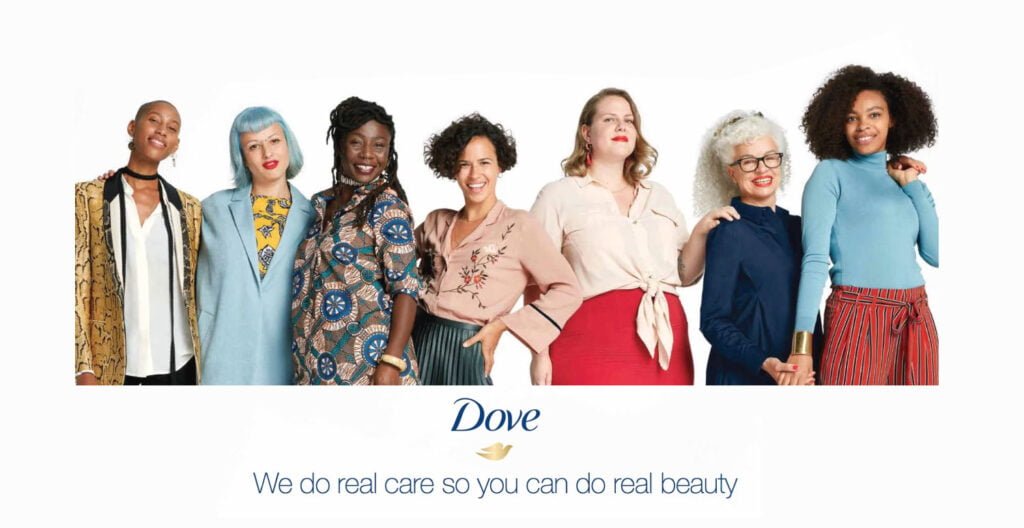
Dove’s “Real Beauty” campaign revolutionized the beauty industry by promoting inclusivity and self-acceptance. Through powerful storytelling, Dove showcased authentic stories of women and their diverse beauty. By addressing societal beauty standards, Dove established an emotional connection with its audience, leading to increased brand loyalty and sales.
2. Inspiring Dreams: Red Bull’s “Stratos” Campaign

Red Bull’s “Stratos” campaign captivated audiences worldwide as Felix Baumgartner broke records by skydiving from the edge of space. By sharing this extraordinary journey through storytelling, Red Bull inspired a sense of adventure and daring. This campaign not only reinforced Red Bull’s positioning as an energy drink for high-performance individuals but also resulted in increased sales and brand recognition.
3. Eliciting Nostalgia: Airbnb’s “We Are Made of Home” Campaign

Airbnb’s “We Are Made of Home” campaign tapped into the power of nostalgia to evoke warm emotions and a sense of belonging. By showcasing heartwarming moments of families and friends sharing homes, Airbnb created a narrative that resonated with their target audience’s desire for meaningful experiences.
This storytelling approach strengthened Airbnb’s brand reputation and significantly increased bookings and revenue.
4. Creating Aspirations: Nike’s “Just Do It” Campaign

Nike’s iconic “Just Do It” campaign has been synonymous with motivation and perseverance for decades. Through powerful storytelling, Nike has shared stories of athletes who have overcome challenges, pushing the boundaries of human potential.
By aligning its brand with the pursuit of greatness, Nike has inspired consumers to associate their products with achieving personal goals, leading to increased sales and brand loyalty.
5. Challenging Stereotypes: Always’ “Like a Girl” Campaign

Always’ “Like a Girl” campaign aimed to challenge gender stereotypes and empower young girls. By telling stories that redefined the meaning of “like a girl,” Always sparked a movement that encouraged girls to embrace their strengths and abilities. This storytelling approach resonated with audiences worldwide, resulting in increased brand awareness and sales.
Consistency: The Key to Brand Success
Consistency plays a pivotal role in building a strong and recognizable brand. By maintaining a consistent brand image across all touchpoints, you create a cohesive and trustworthy identity that resonates with consumers.
In this section, we will delve into the importance of consistency in branding and provide real-life examples of brands that have excelled in this aspect. Additionally, alternative text for accompanying photos will be provided to enhance accessibility.
1. Consistent Visual Identity
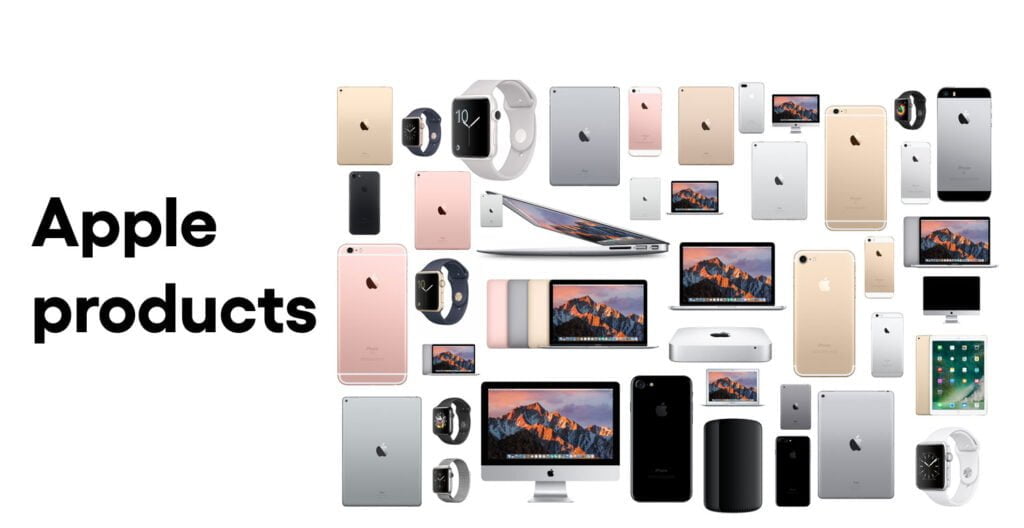
Apple is renowned for its consistent visual identity, characterized by sleek and minimalist design across its product lineup. From iPhones to MacBooks, the consistent aesthetics reflect Apple’s commitment to a distinct brand image, resulting in a seamless brand experience for consumers and increased sales.
2. Unified Messaging:

Dove, known for its “Real Beauty” campaign, has consistently conveyed a message of self-acceptance and body positivity across its product range. This unified messaging aligns with Dove’s brand values and has resonated with consumers, fostering brand loyalty and driving sales.
3. Coherent Customer Experience
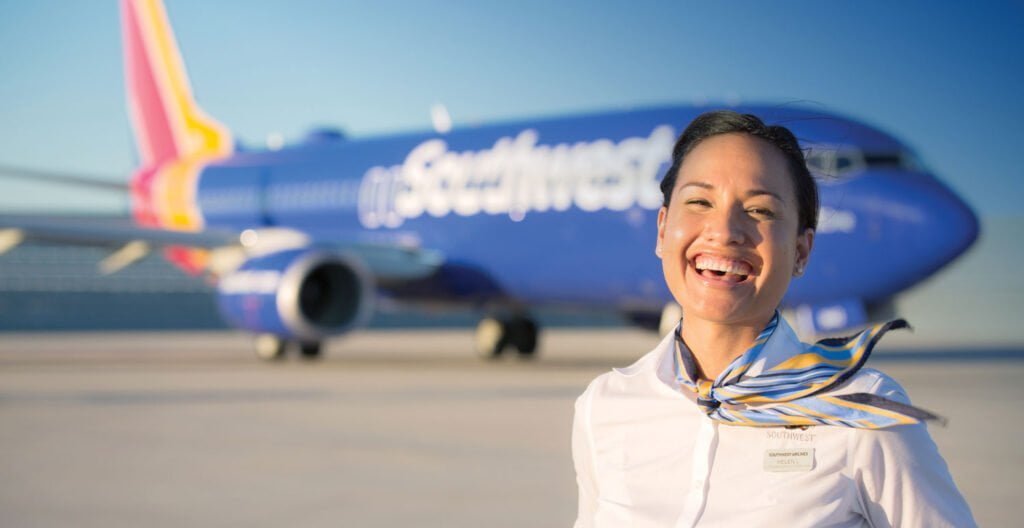
Southwest Airlines is known for delivering a consistent and enjoyable customer experience. From their friendly flight attendants to their no-change-fee policy, Southwest maintains a coherent brand experience that sets them apart. This consistency has resulted in customer loyalty, positive word-of-mouth, and increased sales.
4. Brand Guidelines
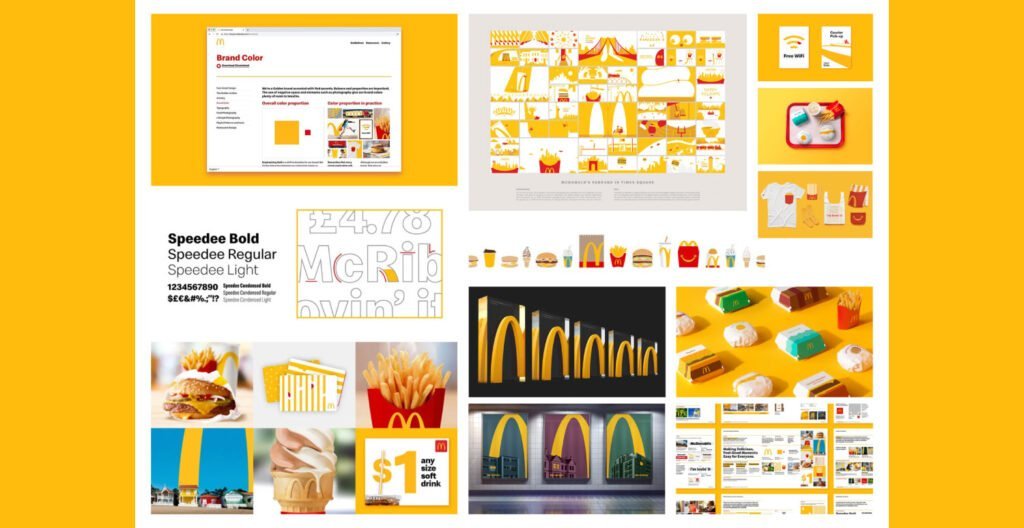
McDonald’s exemplifies the power of brand guidelines in maintaining consistency. Their menu boards, packaging, and marketing materials consistently utilize the brand’s signature colors, typography, and imagery.
This adherence to brand guidelines ensures a recognizable and cohesive brand experience, leading to increased sales and brand recognition.
5. Integrated Online and Offline Presence

Starbucks seamlessly integrates its online and offline presence with consistent branding elements. From its mobile app to its physical stores, Starbucks maintains a consistent visual identity, menu offerings, and customer experience. This integration strengthens the brand’s presence and fosters customer loyalty, resulting in increased sales.
By embracing consistency in visual identity, messaging, customer experience, brand guidelines, and online-offline integration, brands can establish a strong and cohesive presence that resonates with consumers, enhances brand recognition, and drives sales growth.
Leveraging Brand Advocacy and Influencer Marketing
In this section, we will explore the powerful strategies of brand advocacy and influencer marketing and how they can significantly impact your brand’s visibility, credibility, and sales. Through real-life examples, we will showcase successful brand advocacy and influencer marketing campaigns that have achieved remarkable results.
Example 1: Glossier

Glossier, a beauty brand known for its minimalist approach, has leveraged influencer marketing to cultivate a strong brand presence.
By partnering with influential beauty bloggers and vloggers, Glossier has effectively expanded its reach and garnered trust from its target audience. Authentic endorsements and reviews from these influencers have translated into increased sales and brand recognition.
Example 2: Daniel Wellington

Daniel Wellington, a watch brand, has successfully utilized influencer marketing to create a sense of aspiration and lifestyle around their products.
By collaborating with fashion and lifestyle influencers, they have showcased their watches as fashionable accessories, attracting a wide audience. The strategic partnerships have led to increased brand visibility, credibility, and ultimately, sales growth.
Example 3: Airbnb
Airbnb has harnessed the power of brand advocacy by encouraging its customers to share their unique travel experiences on social media.
By leveraging user-generated content and partnering with travel influencers, Airbnb has built a community of brand advocates who passionately promote their services. This approach has not only increased brand awareness but also boosted bookings and revenue.
Example 4: Gymshark

Gymshark, a fitness apparel brand, has successfully tapped into the power of influencer marketing within the fitness community. By collaborating with renowned fitness influencers, Gymshark has positioned its brand as a trusted choice for high-quality activewear.
Authentic endorsements and workout-related content have resonated with their target audience, leading to increased sales and brand loyalty.
Example 5: Red Bull
Red Bull has mastered the art of brand advocacy by supporting extreme sports athletes and events. By aligning their brand with adrenaline-fueled activities, Red Bull has created a loyal following of brand advocates who associate their energy drink with excitement and adventure. This brand advocacy approach has not only fueled brand awareness but has also translated into increased sales and market share.
How to use branding to increase sales
In conclusion, branding is not just about creating a memorable logo or tagline; it is a strategic tool that can revolutionize your sales efforts.
By understanding the impact of branding on consumer behavior, crafting a powerful brand identity, mastering the art of brand storytelling, ensuring consistency across all touchpoints, and leveraging brand advocacy and influencer marketing, you can unlock new levels of success for your business.
Implement the strategies outlined in this guide, and witness firsthand the transformative power of branding in increasing your sales and propelling your business to new heights. Embrace the power of branding and set yourself apart from the competition in the ever-evolving marketplace.